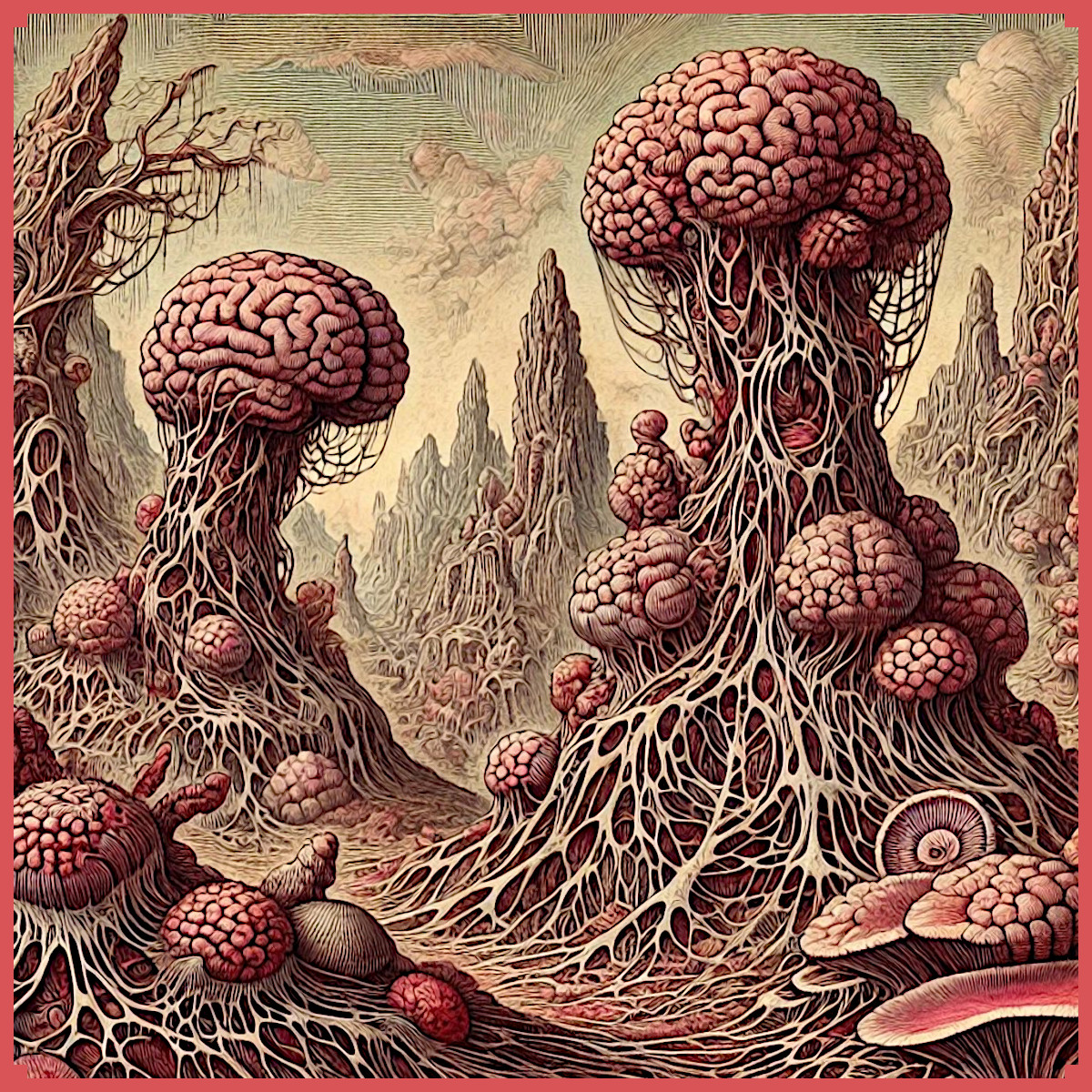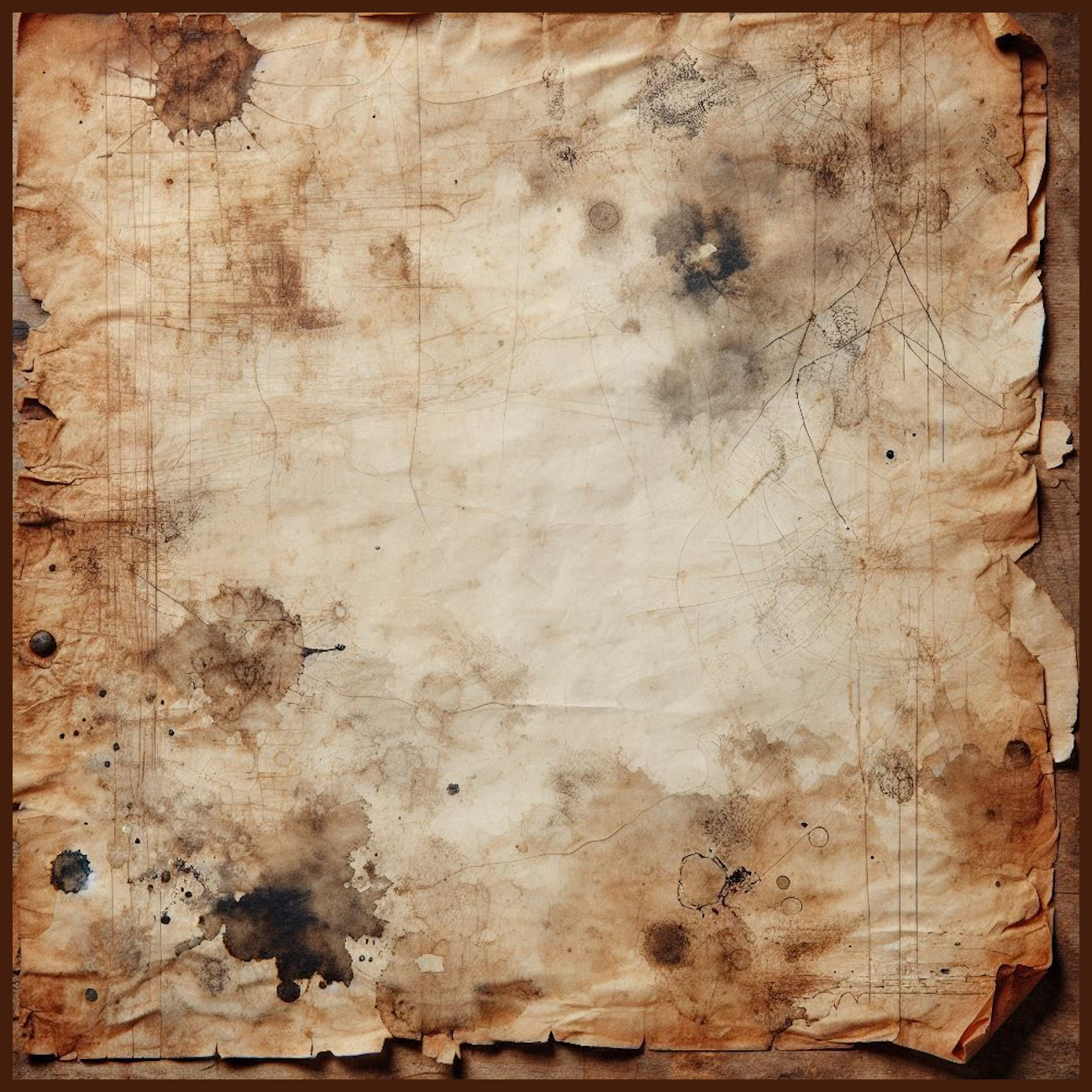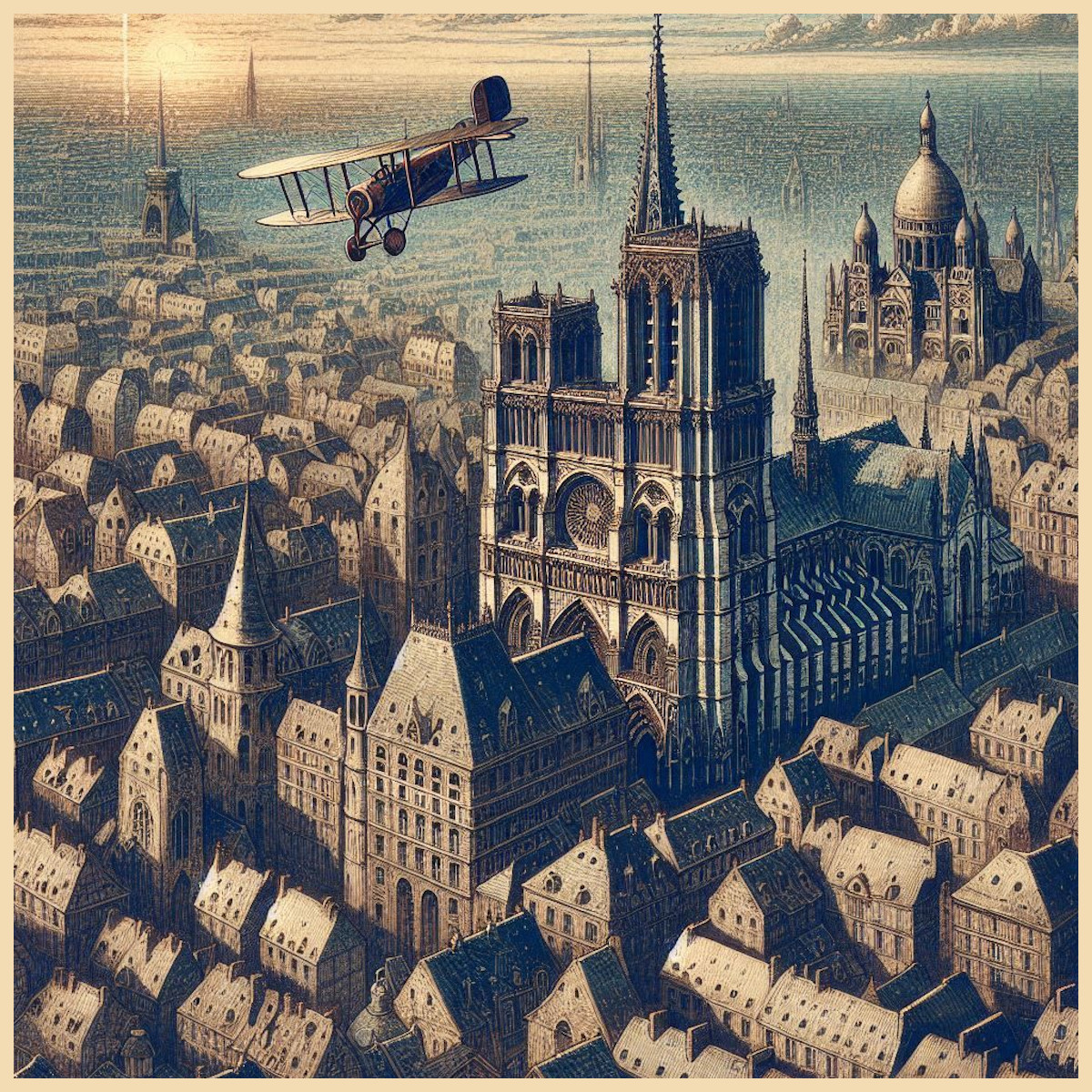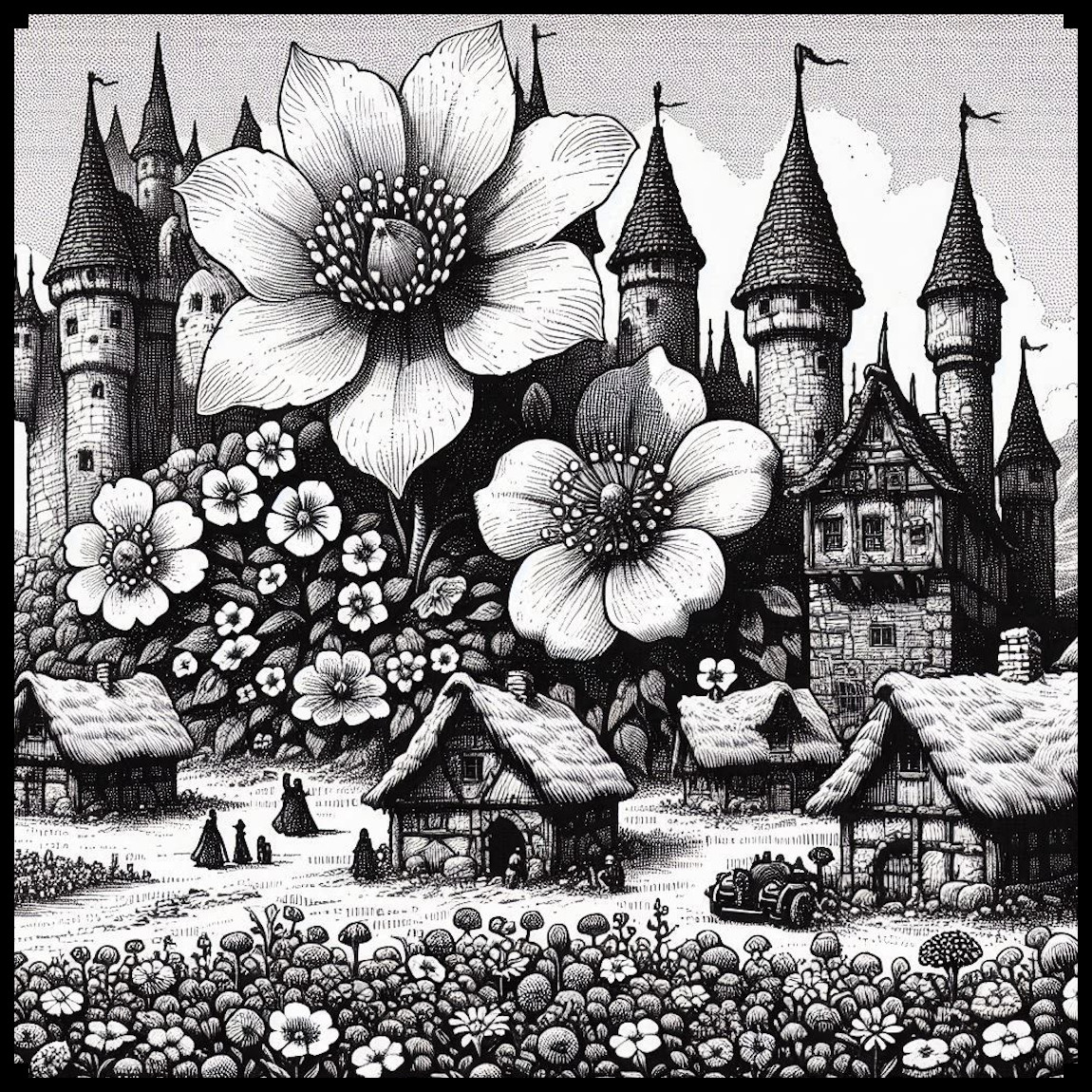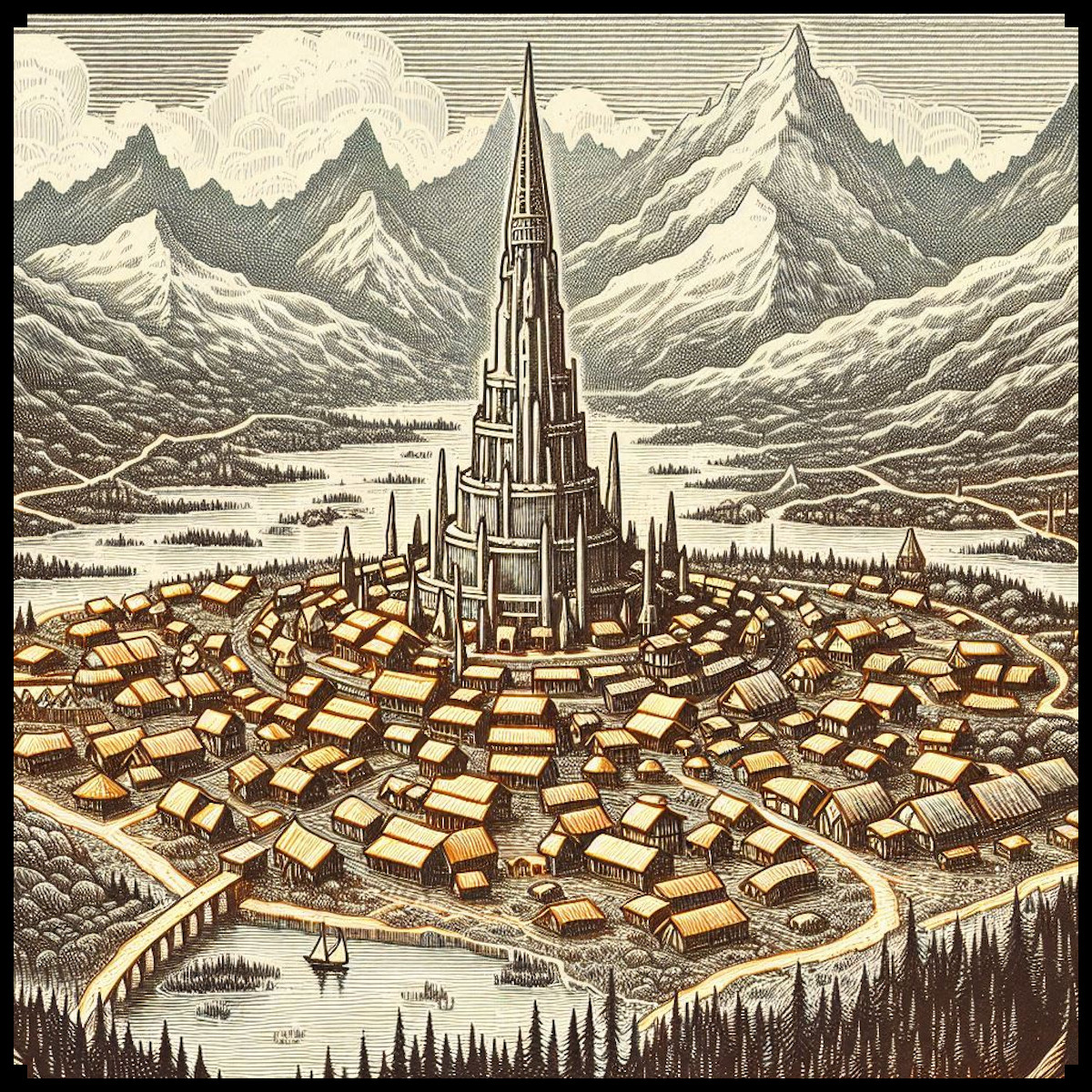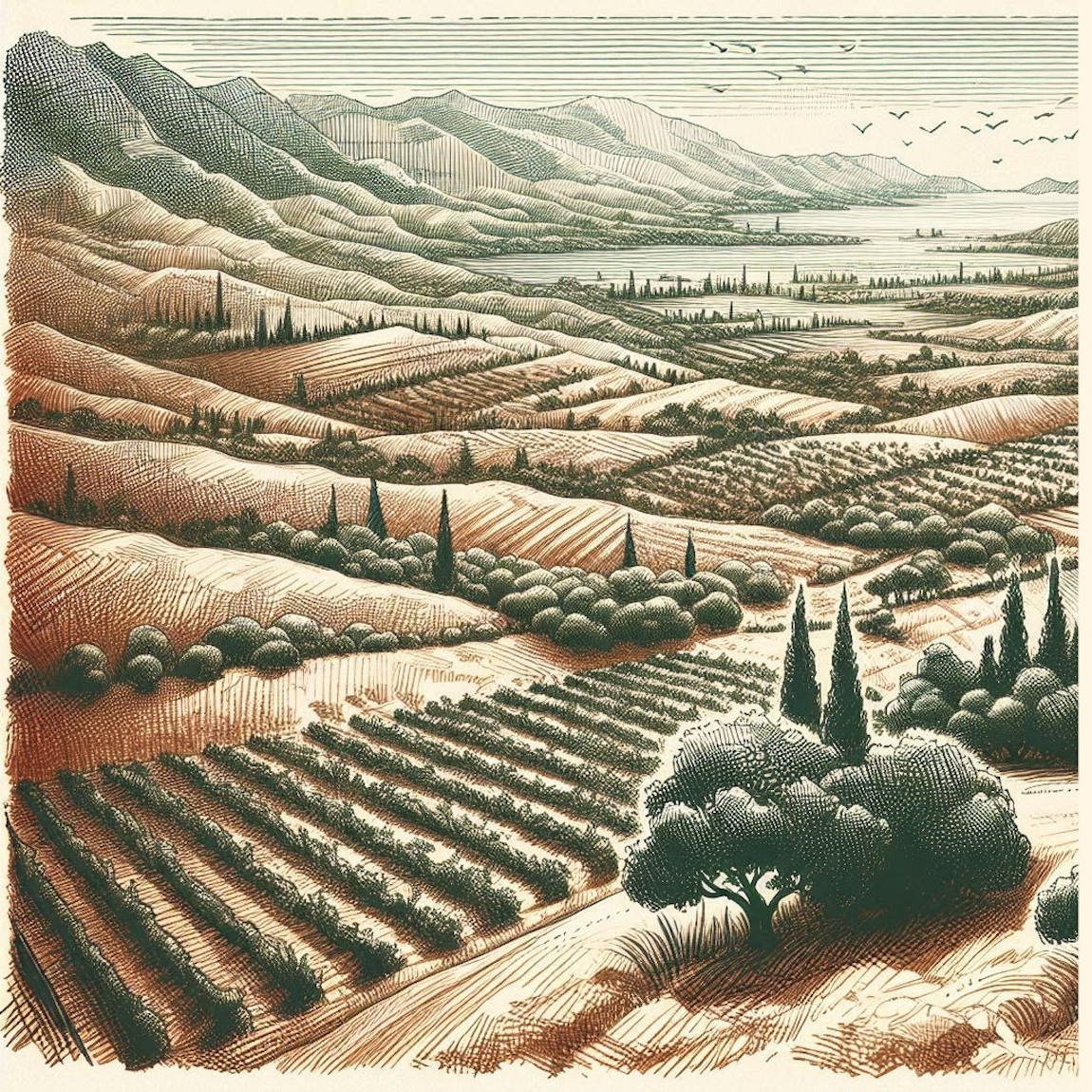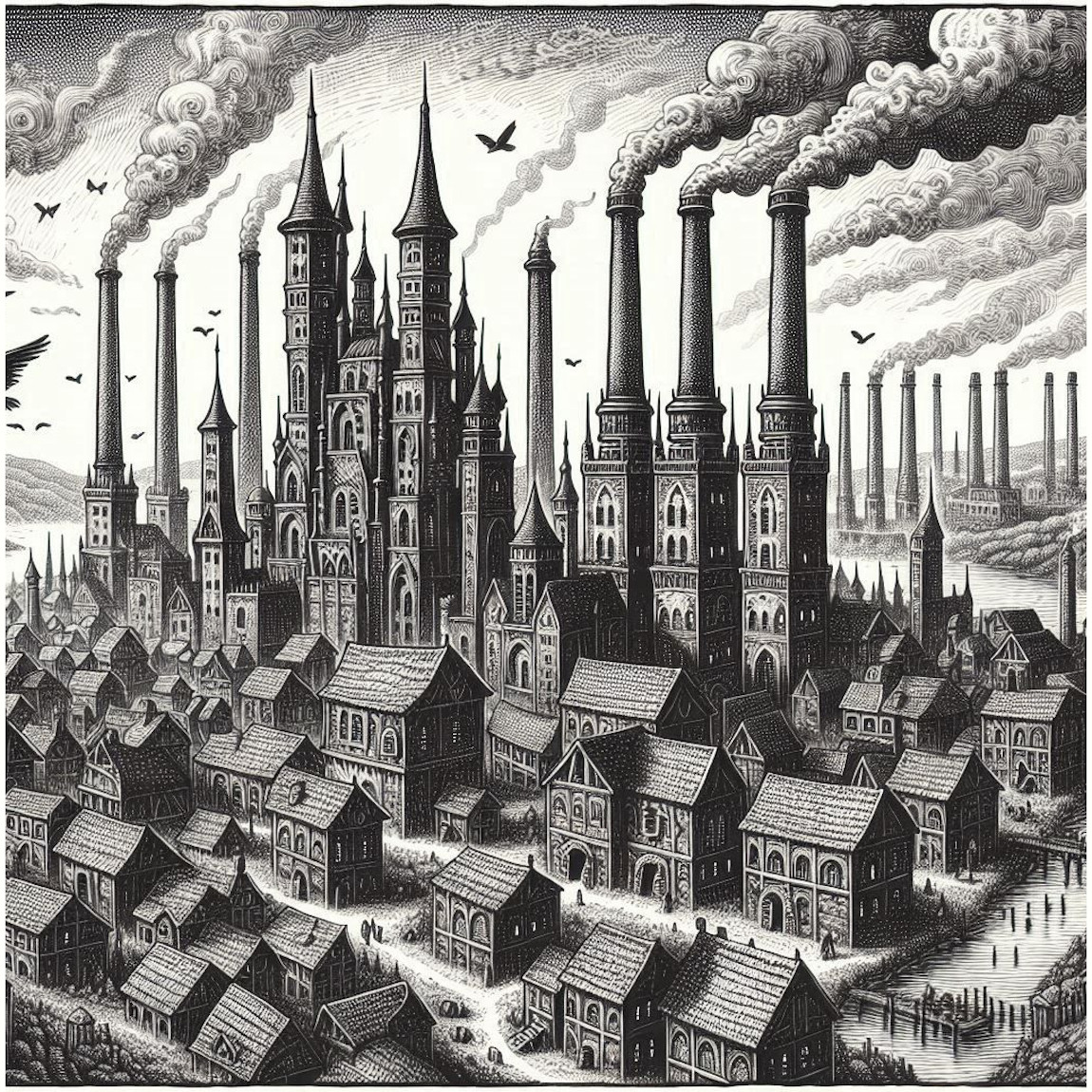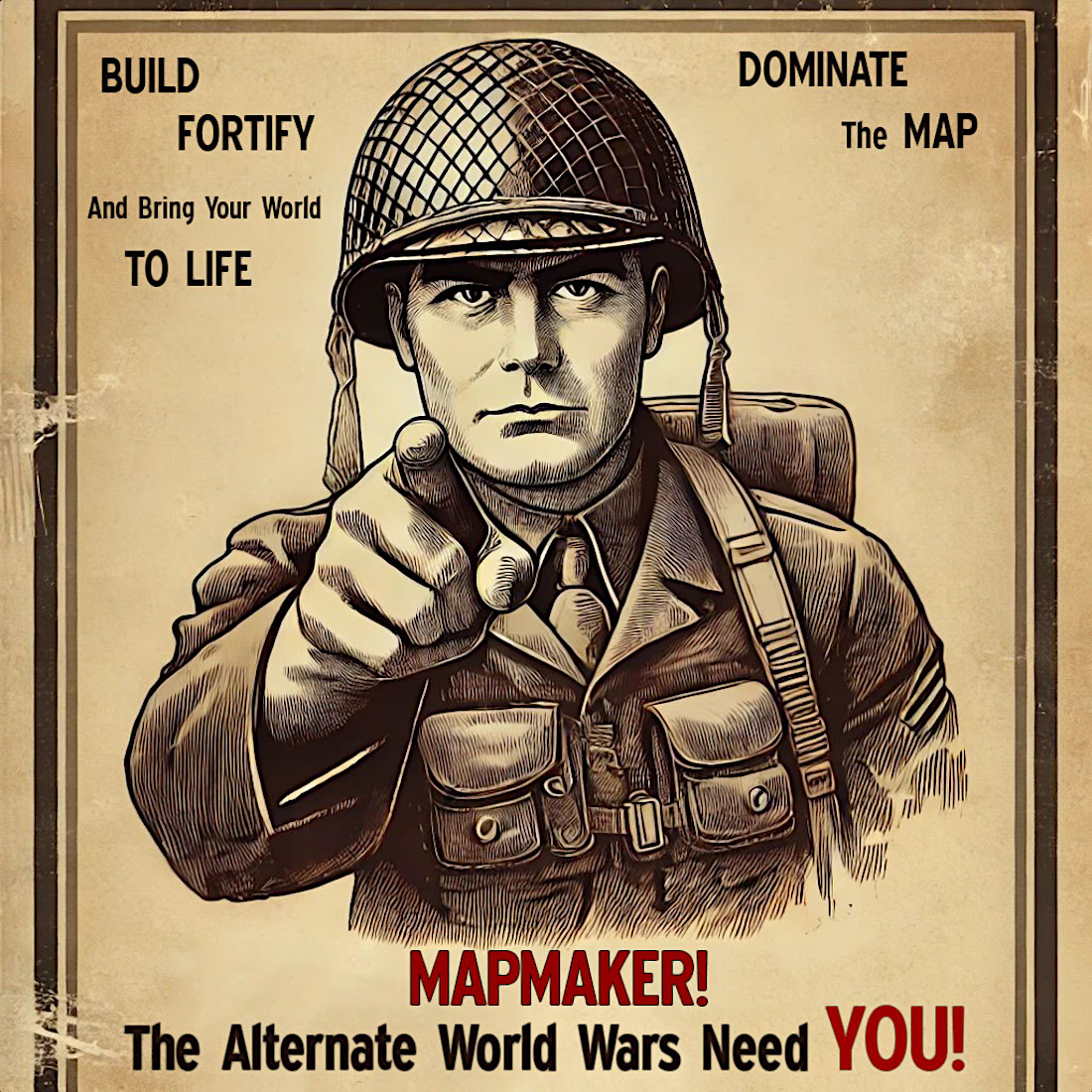
From ancient military sketches to modern fantasy maps, representations of military elements such as bunkers, trenches, tanks, camps, or aerial vehicles have always played a central role in crafting strategic and immersive narratives. These elements, both functional and symbolic, enrich maps by adding visual and narrative depth, whether to depict real battles or imagine fictional conflicts.
The Alternate WW1 & WW2 – Vintage Assets Megapack embraces this tradition. With over 545 assets, it brings together everything needed to create complex, realistic maps—whether to recreate historical battlefields or dive into alternate, steampunk-inspired worlds. These assets, including bunkers, tanks, fortifications, trenches, military bases, aerial vehicles, and more, draw direct inspiration from historical conventions and artistic styles of old maps.
BUY AND DOWNLOAD The Alternate World War 1 & 2 – Vintage assets Megapack here :
A Tradition Rooted in Military History
Military maps have always been more than just logistical tools; they are cultural artifacts and visual testimonies of conflict. Over centuries, these maps evolved to reflect technological advancements and the strategic needs of armies. Representations of fortifications, artillery placements, or troop positions were not only essential for military planning but also for documenting and immortalizing battles.
The maps of the First and Second World Wars marked a significant milestone in this tradition. Trench networks in the Battle of the Somme, the bunkers of the Maginot Line, or the massive cannons used during the Siege of Sevastopol were meticulously represented to guide generals and soldiers. These maps included elements such as modular trenches, bomb impacts, and tank positions, which are also featured in this asset pack.
What makes these elements so fascinating is their dual purpose. On the one hand, they provided crucial information on the disposition of forces and tactics used; on the other, they told a story. Bomb craters, rising smoke, ruined towns—all of these transformed a map into a vivid scene, a moment frozen in the chaos of war.
Immersion and Storytelling Through the Vintage WW1 & WW2 Pack
The Alternate WW1 & WW2 – Vintage Assets Megapack captures this military heritage and adapts it for the needs of modern creators. Each asset in the pack has been designed to seamlessly fit into fantasy, historical, or role-playing maps, blending historical accuracy with endless creative possibilities.
With this pack, creators can draw complex battle scenarios or post-apocalyptic landscapes, add massive defensive structures, or stage intimate skirmishes between soldiers. Here’s how these assets provide a unique sense of immersion:
Solid and Strategic Fortifications
Bunkers, trenches, and barbed wire are at the heart of any realistic war map. Inspired by the detailed plans of 20th-century wars, these assets allow you to recreate elaborate defensive lines. Whether building an impregnable stronghold or simulating a labyrinthine trench network, these elements ground your maps in credible, strategic narratives.
The Machinery of War
Tanks, armored vehicles, and giant cannons were central to modern warfare. This pack includes not only realistic representations of these machines but also massive mobile platforms and alternate-history cannons, perfect for steampunk or speculative worlds.
Aerial and Naval Dimensions
Biplanes, zeppelins, and military ships bring a new layer of depth to maps. These assets evoke both the aerial and maritime battles of the two world wars and provide opportunities for unique scenarios, such as airborne invasions or strategic bombings.
Life and Death on the Battlefield
Bomb craters, smoke, and ruined buildings add a dramatic dimension to your maps. These elements tell the stories of past battles, turning a simple map into a richly emotional scene. With these assets, you can depict a besieged city, a devastated frontline, or an abandoned battlefield.
Detailed Camps and Military Bases
Military camps, hangars, command posts, and communication towers bring strategic hubs and secured zones to life. Whether representing an advanced base or a well-established headquarters, these structures enrich your maps with detail and purpose.
Exceptional Flexibility and Modularity
With modular elements like security fences, trenches, and roads, the possibilities for customization are endless. You can create unique configurations tailored to your narrative and strategic needs.
A Blend of Realism and Creativity
This pack is not limited to historical recreations. It is equally suited for alternate-history or fantastical maps where creativity takes precedence over reality. Imagine a steampunk army defending a city against a mechanical titan, or zeppelins transporting giant cannons over war-ravaged lands. The possibilities are infinite.
The assets in the pack are equally at home in role-playing universes like Dungeons & Dragons, strategy games, or artistic projects. They serve as a solid foundation for serious scenarios and a fertile ground for experimenting with bold ideas.
Why This Pack is Essential
The Alternate WW1 & WW2 – Vintage Assets Megapack is more than just a collection of visual resources—it is a tool for storytelling, worldbuilding, and honoring a timeless tradition of military cartography. Every bunker, tank, trench, and vehicle tells a story. Every crater and ruined building carries the weight of imagined or real battles.
Whether you are a passionate historian, a fantasy map creator, or a fan of alternate worlds, this pack offers everything you need to design immersive, strategic, and visually stunning maps.
So, prepare your pens, digital tools, or dice, and dive into this rich collection to bring your most ambitious ideas to life. With the Alternate WW1 & WW2 – Vintage Assets Megapack, war—whether historical or fictional—comes alive in a new and fascinating way.

